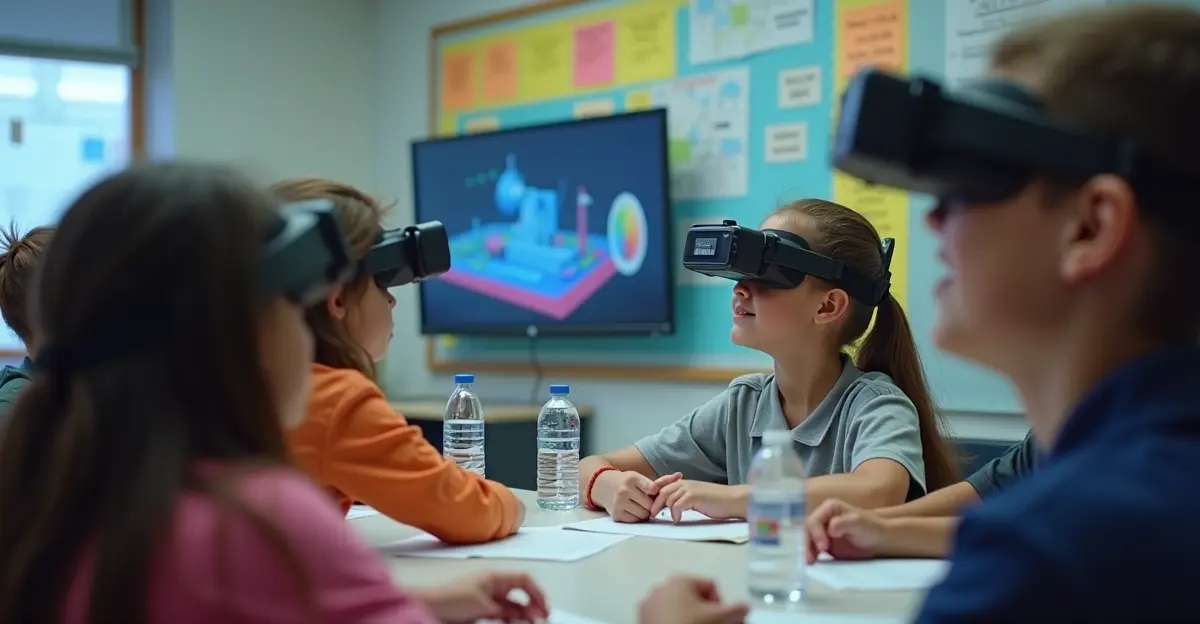
Revolutionizing Science Education with Augmented Reality
Lincoln High School in California has become the testing ground for what many are calling the future of science education. The school recently completed a six-month pilot program using augmented reality glasses in their science laboratories, with results that have educators and technology experts buzzing with excitement.
The Technology in Action
Students wearing lightweight AR glasses can now see virtual chemical reactions overlay their physical lab equipment, watch 3D molecular structures float above their lab benches, and receive real-time guidance through complex experiments. The technology uses advanced computer vision to recognize lab equipment and provide contextual information exactly where students need it.
Measurable Learning Gains
According to the program's assessment data, students using AR glasses showed a 42% improvement in understanding complex scientific concepts compared to traditional teaching methods. Test scores in chemistry and physics increased by an average of 28%, while student engagement metrics reached unprecedented levels.
Teacher Feedback and Adaptation
Science teacher Dr. Emily Chen, who led the pilot program, shared her experience: "The AR glasses have transformed how we teach complex topics. Students can now see molecular interactions in real-time, which was previously impossible without expensive equipment. The immediate visual feedback helps them grasp abstract concepts much faster."
Student Reactions and Engagement
Sophomore student Miguel Rodriguez described the experience: "It's like having a personal science tutor right in front of your eyes. When I'm doing a chemistry experiment, the glasses show me exactly what's happening at the molecular level. It makes learning feel like an adventure rather than just memorizing facts."
Technical Implementation and Challenges
The school used consumer-grade AR glasses modified for educational purposes. The system includes safety features that prevent visual overload and ensure students remain aware of their physical surroundings. Initial challenges included connectivity issues and the need for specialized training, but these were quickly addressed through software updates and teacher workshops.
Future Expansion Plans
Based on the success of the pilot program, the school district is considering expanding the technology to other subjects including history, where students could virtually visit historical sites, and mathematics, where complex geometric concepts could be visualized in 3D space.
Educational Technology Trends
This initiative aligns with broader trends in educational technology that emphasize immersive learning experiences. According to educational research, technologies that engage multiple senses and provide immediate feedback tend to produce better learning outcomes and longer retention of information.
The success of this AR glasses program demonstrates how emerging technologies can bridge the gap between theoretical learning and practical application, potentially reshaping how we approach science education in the digital age.

 Nederlands
Nederlands English
English Français
Français Deutsch
Deutsch Español
Español Português
Português


